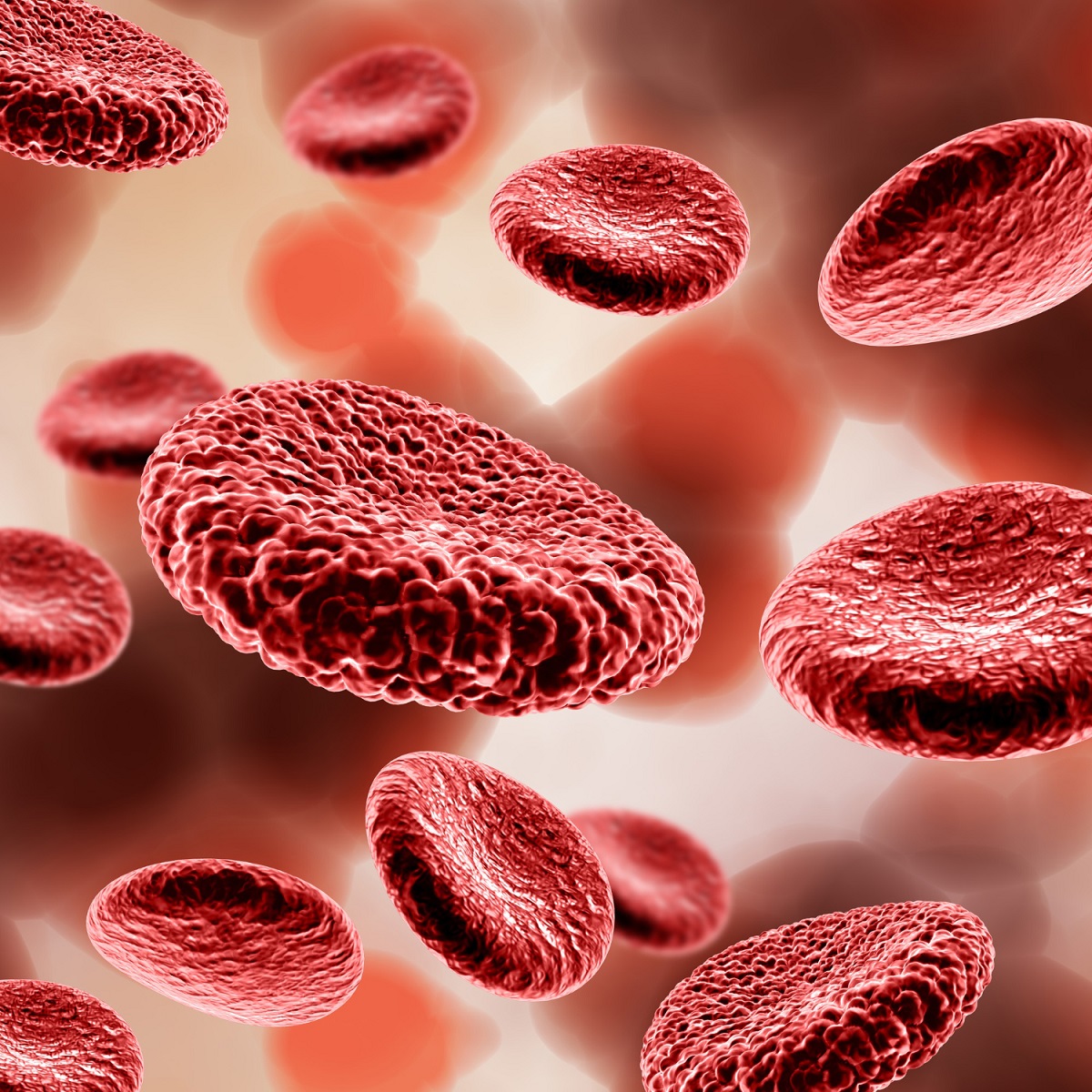KEY TAKEAWAYS
- The study aimed to explore GP-2250’s mechanisms of action and effects in ovarian cancer using various models.
- GP-2250 showed strong anti-tumor effects and metabolic impact, especially with PARP inhibitors or bevacizumab.
GP-2250, a new analog of taurultam (TRLT), has demonstrated significant potential as an anti-neoplastic agent in treating ovarian cancer. However, the mechanisms driving its efficacy remain largely unexplored.
Mark S. Kim and the team aimed to elucidate the mechanisms of action and biological effects of GP-2250 through comprehensive investigations using both in vitro and in vivo models.
Researchers tested GP-2250’s biological activity and action using several in vitro methods, including an MTT assay, an Annexin V/PI assay, a colony formation assay, a reverse-phase protein array (RPPA), and an HRLC/IC analysis.
They also conducted in vivo studies to evaluate how well GP-2250 works alone and when combined with standard treatments like paclitaxel, cisplatin, topotecan, and poly ADP-ribose polymerase (PARP) inhibitors. This helped assess the drug’s effectiveness and potential interactions with other therapies.
The cytotoxic effects of GP-2250 were investigated in 10 ovarian cancer cell lines, revealing that GP-2250 combined with a PARP inhibitor exhibited the greatest synergy. Reverse phase protein array (RPPA) analysis showed that GP-2250 inhibited the activation and expression of hypoxia-inducible factor-1α, AKT, and mammalian target of rapamycin (mTOR). High-resolution mass spectrometry indicated that GP-2250 significantly reduced hexokinase2 activity and protein expression.
Additionally, GP-2250 decreased glycolysis and ATP synthesis in cancer cells. In vivo pharmacodynamic experiments using the OVCAR8 mouse model demonstrated that 500 mg/kg of GP-2250 effectively downregulated AKT and mTOR activation and expression.
In the in vivo therapy experiment utilizing an orthotopic mouse model, the combination of GP-2250 with either PARP inhibitors or bevacizumab resulted in a significant reduction in tumor weights and nodules compared to treatments with a vehicle, control IgG groups, or monotherapy groups.
The study concluded that GP-2250 significantly impacts tumor metabolism and demonstrates promising anti-tumor efficacy when combined with PARP inhibitors or bevacizumab. These results suggest potential implications for GP-2250’s clinical development.
The study was funded by CPRIT.
Source: https://pubmed.ncbi.nlm.nih.gov/39114948/
Kim MS, Glassman D, Handley KF, et al. (2024). “Mechanism and rational combinations with GP-2250, a novel oxathiazine derivative, in ovarian cancer.” Cancer Med. 2024 Aug;13(15):e70031. doi: 10.1002/cam4.70031. PMID: 39114948.



